Home>Interior Design>Can Mosquitoes See LED Lights? What You Need To Know
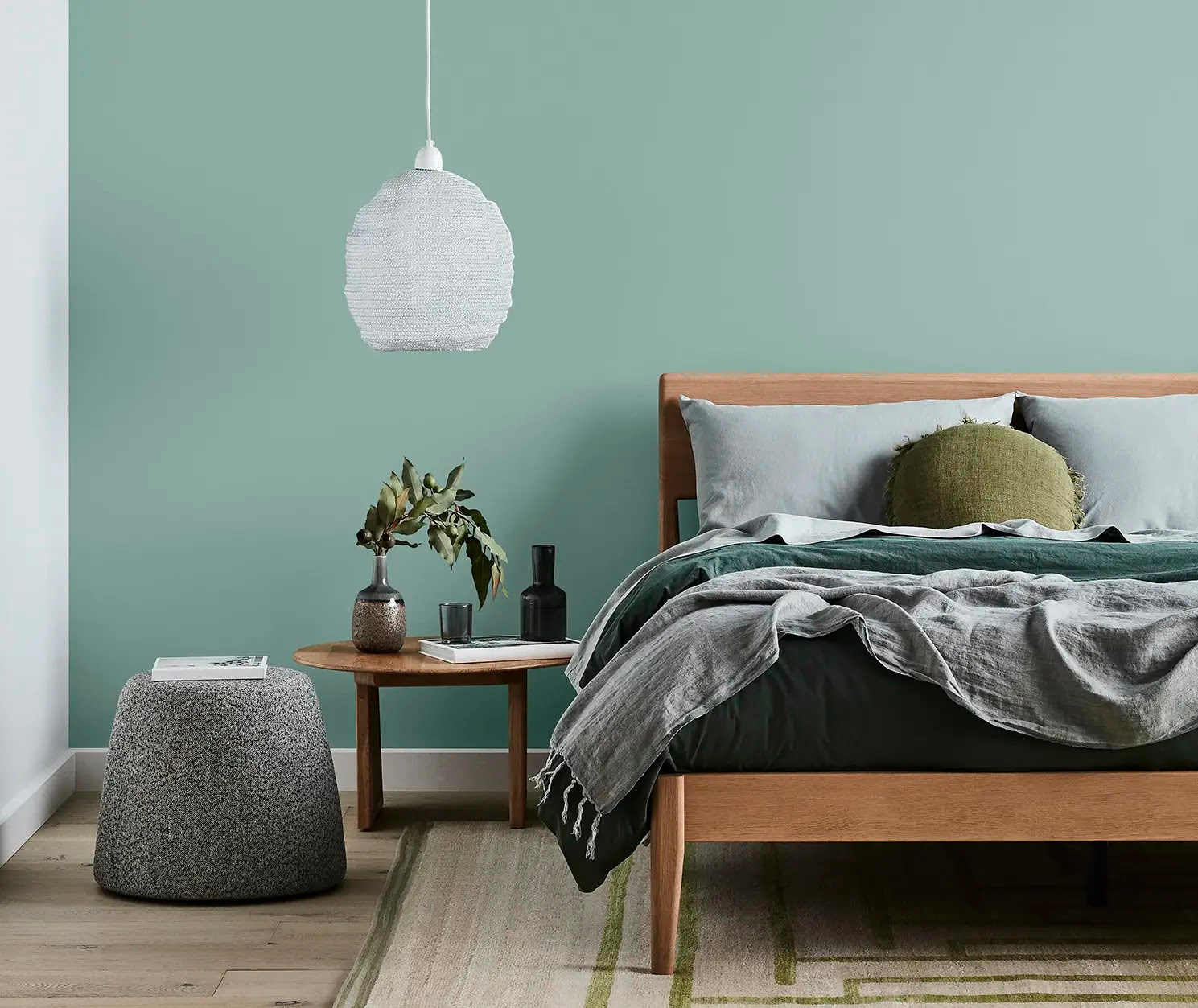

Interior Design
Can Mosquitoes See LED Lights? What You Need To Know
Modified: October 20, 2024
Discover how LED lights impact mosquitoes in your interior design. Learn what you need to know about mosquito visibility and LED lighting.
(Many of the links in this article redirect to a specific reviewed product. Your purchase of these products through affiliate links helps to generate commission for Storables.com, at no extra cost. Learn more)
**
Introduction
**
Mosquitoes are a ubiquitous nuisance, especially during warm summer evenings when their high-pitched buzzing and itchy bites can disrupt outdoor activities. While various methods exist to repel or eliminate these pesky insects, the use of LED lights has sparked curiosity regarding their effectiveness in deterring mosquitoes. To understand the impact of LED lights on mosquitoes, it's essential to delve into the fascinating world of mosquito vision and the properties of LED technology. By exploring these aspects, we can gain valuable insights into whether mosquitoes can see LED lights and the implications of this phenomenon for mosquito control strategies.
**
Key Takeaways:
- LED lights can attract mosquitoes due to their preference for UV and blue light, potentially impacting their behavior and distribution.
- Understanding the relationship between LED lights and mosquito vision can lead to innovative pest management strategies and promote coexistence between humans and mosquitoes.
Read more: How To Know What Watt Light Bulb To Use
How Mosquitoes See
Understanding the visual capabilities of mosquitoes is crucial in determining their response to different light sources, including LED lights. Despite their diminutive size, mosquitoes possess remarkable visual acuity that aids them in locating hosts for blood meals and navigating their surroundings. Mosquitoes have compound eyes composed of numerous individual facets called ommatidia, which collectively contribute to their visual perception. These ommatidia contain photoreceptor cells that are sensitive to specific wavelengths of light, enabling mosquitoes to detect variations in light intensity and color.
One fascinating aspect of mosquito vision is their preference for certain wavelengths of light. Research has shown that mosquitoes are particularly drawn to ultraviolet (UV) and blue light, which are abundant in natural moonlight and twilight. These light wavelengths serve as important cues for mosquitoes when foraging for food and seeking potential mates. Additionally, mosquitoes have been found to be less responsive to red and green light, which are less prevalent during their peak activity periods.
Furthermore, the visual system of mosquitoes plays a vital role in their ability to distinguish between potential hosts. They are adept at detecting visual cues such as body heat, movement, and contrasting colors, allowing them to identify suitable targets for blood-feeding. This remarkable visual prowess underscores the importance of understanding how mosquitoes perceive different light sources, including the modern illumination provided by LED lights.
By gaining insights into the intricate mechanisms of mosquito vision, we can better evaluate the potential impact of LED lights on their behavior and develop targeted strategies for mosquito control.
Understanding LED Lights
LED (light-emitting diode) lights have revolutionized the lighting industry with their energy efficiency, longevity, and versatility. Unlike traditional incandescent or fluorescent bulbs, LED lights produce illumination through the movement of electrons in a semiconductor material, emitting photons that generate light. This innovative technology allows for the production of light across a broad spectrum of colors and intensities, making LED lights a popular choice for various applications, including indoor and outdoor lighting, electronic displays, and automotive lighting.
One of the defining characteristics of LED lights is their ability to emit specific wavelengths of light with high precision. This feature enables manufacturers to produce LED bulbs that emit light in the ultraviolet (UV), blue, green, red, and other parts of the visible spectrum. Additionally, advancements in LED technology have led to the development of specialized bulbs with adjustable color temperatures, allowing users to customize the quality of light emitted, from warm, amber hues to cool, bluish tones.
LED lights are also known for their minimal heat generation compared to traditional lighting sources, making them an energy-efficient and safe lighting option. This reduced heat output contributes to their longevity, as LED bulbs are less prone to damage from thermal stress and can maintain consistent performance over extended periods.
Furthermore, the widespread adoption of LED lights has been driven by their environmental benefits, including lower energy consumption and reduced carbon emissions. By consuming less energy and having a longer lifespan, LED lights contribute to energy conservation and lower maintenance costs, making them a sustainable choice for both residential and commercial lighting needs.
As LED technology continues to advance, the versatility and adaptability of LED lights have expanded, with applications ranging from architectural lighting and horticultural lighting to insect traps and repellent devices. This versatility underscores the potential for LED lights to influence the behavior of insects, including mosquitoes, and the broader implications for pest management and public health.
Yes, mosquitoes can see LED lights. LED lights emit a small amount of UV light, which is visible to mosquitoes. If you want to avoid attracting mosquitoes, consider using yellow or warm-colored LED lights instead.
Can Mosquitoes See LED Lights?
Given the unique visual capabilities of mosquitoes and the specific characteristics of LED lights, a pertinent question arises: Can mosquitoes see LED lights, and if so, how do they perceive this modern lighting technology?
Research has revealed that mosquitoes are indeed capable of perceiving LED lights, particularly those that emit wavelengths within the UV and blue spectrum. These light wavelengths align closely with the natural preferences of mosquitoes, making LED lights an attractive source of illumination for these insects. As mosquitoes rely on visual cues to navigate their environment and locate potential hosts, the presence of LED lights can influence their behavior and activity patterns.
Moreover, the spectral composition of LED lights can influence the attraction of mosquitoes, potentially impacting their foraging and mating behaviors. While traditional incandescent and fluorescent lights emit a broader spectrum of light, including warm tones that are less appealing to mosquitoes, LED lights can be tailored to emit specific wavelengths that align with the insects' visual preferences.
Furthermore, the widespread use of LED lights in outdoor settings, such as residential landscapes, public spaces, and commercial establishments, introduces new environmental stimuli for mosquitoes to respond to. The proliferation of LED lighting in urban and suburban areas may contribute to alterations in mosquito activity and distribution, potentially affecting human-mosquito interactions and the risk of vector-borne diseases.
It is important to note that while mosquitoes can perceive LED lights, their response to these light sources may vary based on factors such as species, sex, and physiological state. Additionally, the interplay between LED lights and other environmental cues, such as temperature, humidity, and chemical signals, can modulate the overall impact of LED illumination on mosquito behavior.
Understanding the visual ecology of mosquitoes and their interaction with LED lights is essential for devising effective strategies for mosquito control and minimizing human-mosquito conflicts. By leveraging insights from both entomology and lighting technology, researchers and practitioners can develop innovative approaches to manage mosquito populations and mitigate the associated public health risks.
Implications for Mosquito Control
The intersection of mosquito biology and LED lighting has significant implications for mosquito control efforts, public health initiatives, and urban planning. By recognizing the impact of LED lights on mosquito behavior, researchers and policymakers can adapt existing control strategies and implement novel interventions to mitigate the risks posed by mosquitoes in diverse environments.
One key implication of the relationship between LED lights and mosquitoes is the potential for integrated pest management approaches that incorporate lighting modifications. By strategically adjusting the spectral characteristics and placement of LED lights in outdoor spaces, it may be possible to reduce mosquito attraction and limit their access to human-inhabited areas. This targeted approach could complement existing mosquito control methods, such as larval habitat management and insecticide applications, to create a more comprehensive and sustainable framework for mosquito abatement.
Furthermore, the development of LED-based mosquito trapping and repellent technologies represents a promising avenue for leveraging the insects' visual responses to light. By designing traps that exploit the specific light preferences of mosquitoes, researchers can enhance the efficiency of surveillance and population monitoring efforts, aiding in the early detection of disease vectors and informing targeted control interventions.
Urban planners and lighting designers can also play a role in mitigating the impact of LED lights on mosquito populations by incorporating principles of insect-friendly lighting into outdoor lighting schemes. This approach involves selecting LED fixtures with reduced attractiveness to nocturnal insects, including mosquitoes, while still meeting the illumination needs of human activities. By minimizing the unintended consequences of lighting on insect behavior, communities can create more harmonious and sustainable living environments.
Additionally, public awareness and education regarding the relationship between LED lighting and mosquito behavior can empower individuals to make informed decisions about outdoor lighting practices. Simple measures, such as using warm-colored LED bulbs and employing motion-activated lighting, can contribute to reducing mosquito attraction while maintaining adequate illumination for safety and security.
By embracing a multidisciplinary approach that integrates entomological knowledge, lighting technology, and community engagement, stakeholders can work towards fostering environments that are less conducive to mosquito proliferation and the transmission of vector-borne diseases. The evolving understanding of how LED lights intersect with mosquito biology offers an opportunity to reimagine mosquito control strategies and promote coexistence between humans and mosquitoes in a rapidly changing world.
Read more: How To Know If You Need A Humidifier
Conclusion
The interaction between mosquitoes and LED lights unveils a captivating convergence of entomology, lighting technology, and public health considerations. As we unravel the intricacies of mosquito vision and the properties of LED illumination, a nuanced understanding of their interplay emerges, offering valuable insights and opportunities for innovative mosquito control strategies.
Through this exploration, we have discovered that mosquitoes possess a sophisticated visual system that guides their behaviors, including host-seeking and navigation. Their responsiveness to specific wavelengths of light, particularly in the UV and blue spectrum, aligns with the characteristics of LED lights, raising intriguing questions about the implications of modern lighting on mosquito activity and distribution.
The ability of mosquitoes to perceive and respond to LED lights opens new avenues for integrated pest management, where lighting modifications and targeted technologies can be harnessed to mitigate mosquito attraction and reduce the risks of vector-borne diseases. By leveraging the principles of insect-friendly lighting and embracing community engagement, stakeholders can collaboratively shape environments that promote coexistence between humans and mosquitoes, fostering sustainable and harmonious living spaces.
As we navigate the dynamic landscape of mosquito control and public health, the evolving relationship between mosquitoes and LED lights underscores the importance of interdisciplinary collaboration and informed decision-making. By harnessing the synergies between entomology, lighting science, and urban planning, we can pave the way for innovative solutions that address the complexities of mosquito-borne disease management and environmental sustainability.
In essence, the inquiry into whether mosquitoes can see LED lights transcends the realm of mere curiosity, offering a lens through which we can reimagine our approach to mosquito control and illuminate pathways towards a future where humans and mosquitoes coexist with greater harmony and resilience.
**
Frequently Asked Questions about Can Mosquitoes See LED Lights? What You Need To Know
Was this page helpful?
At Storables.com, we guarantee accurate and reliable information. Our content, validated by Expert Board Contributors, is crafted following stringent Editorial Policies. We're committed to providing you with well-researched, expert-backed insights for all your informational needs.

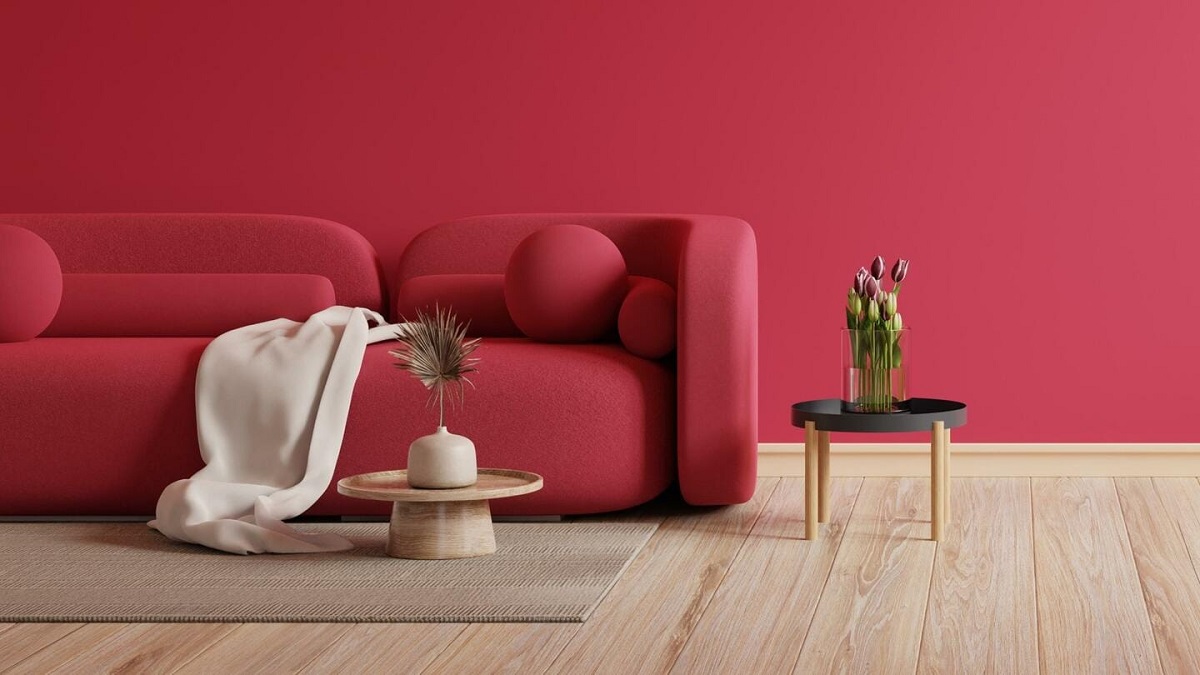
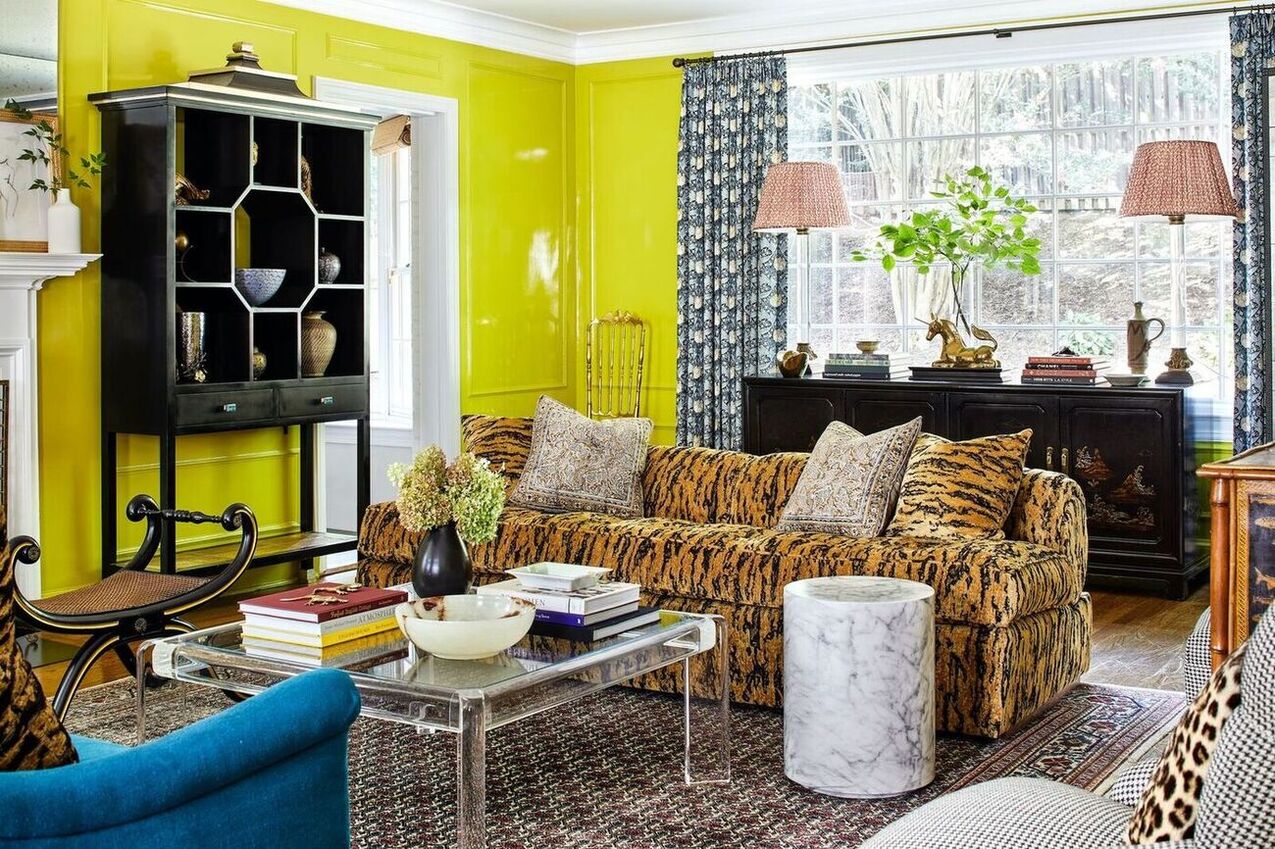
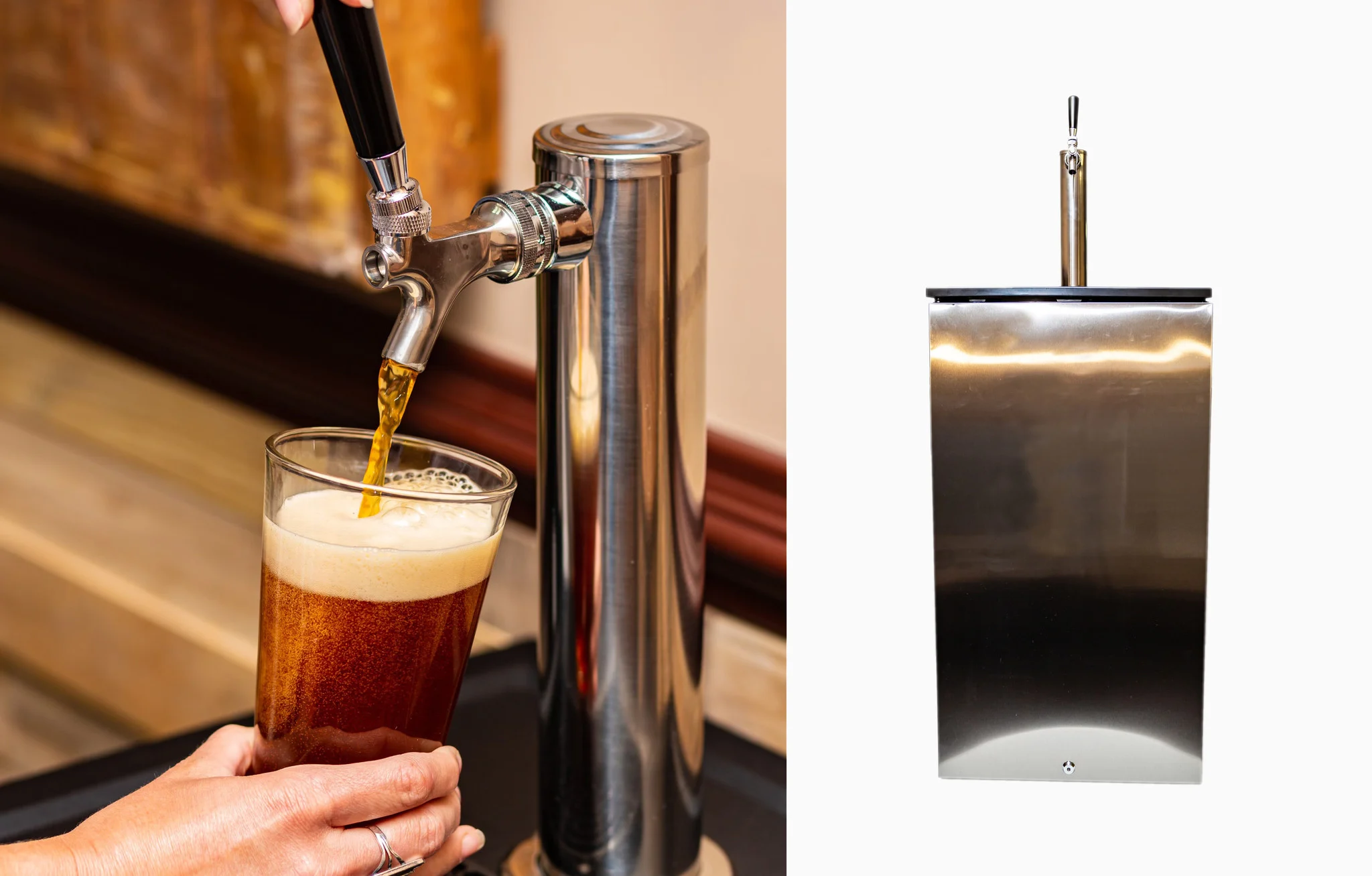


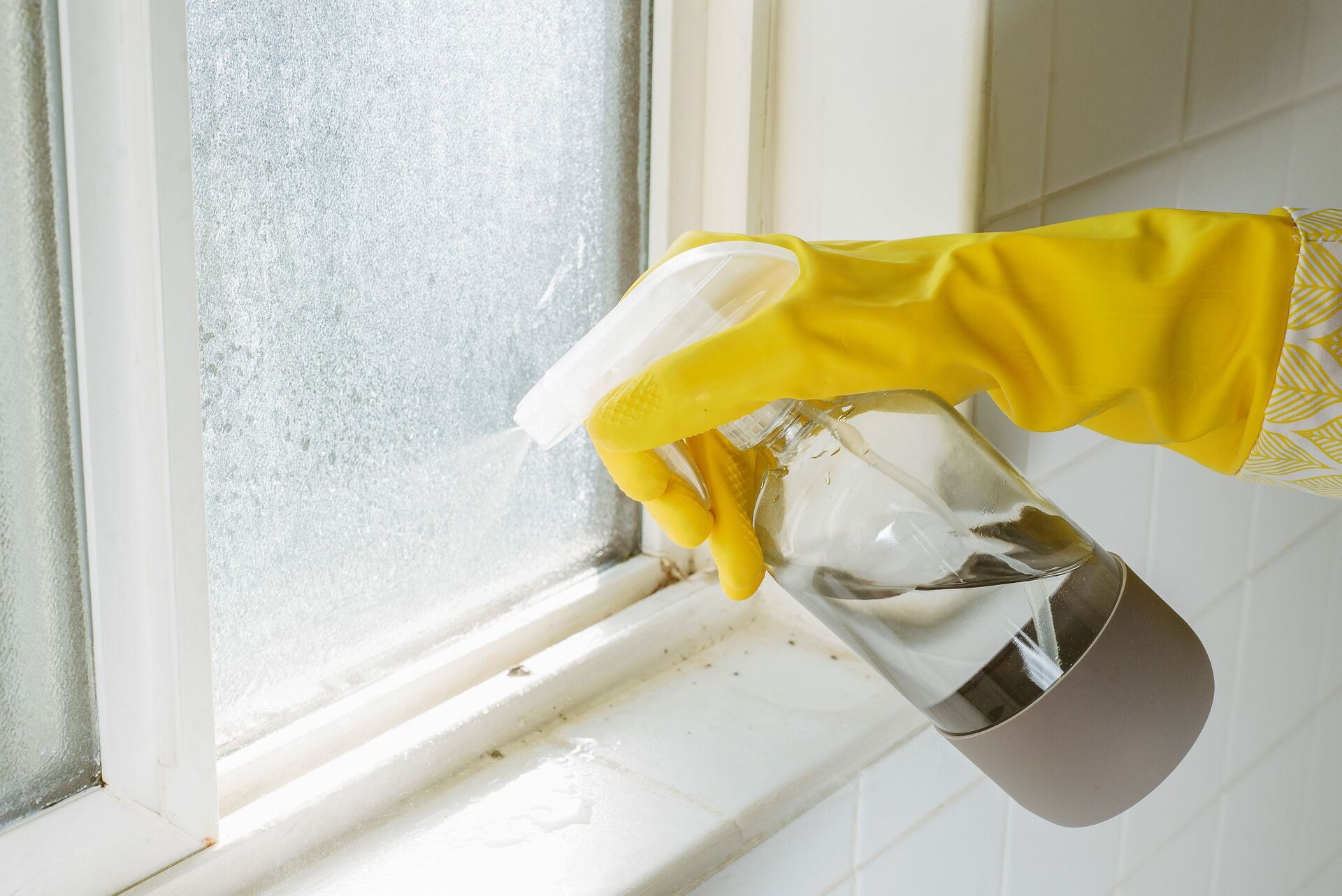
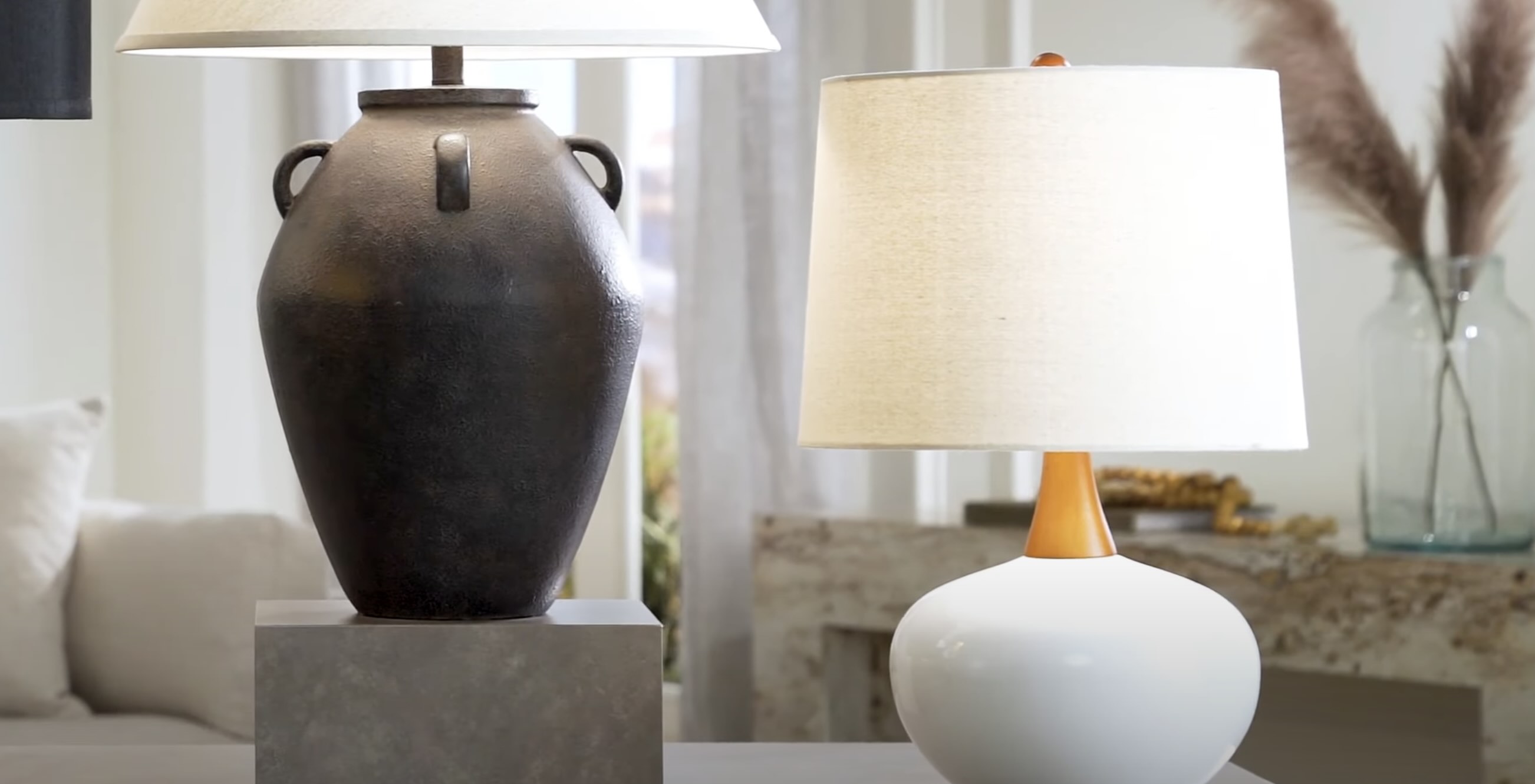
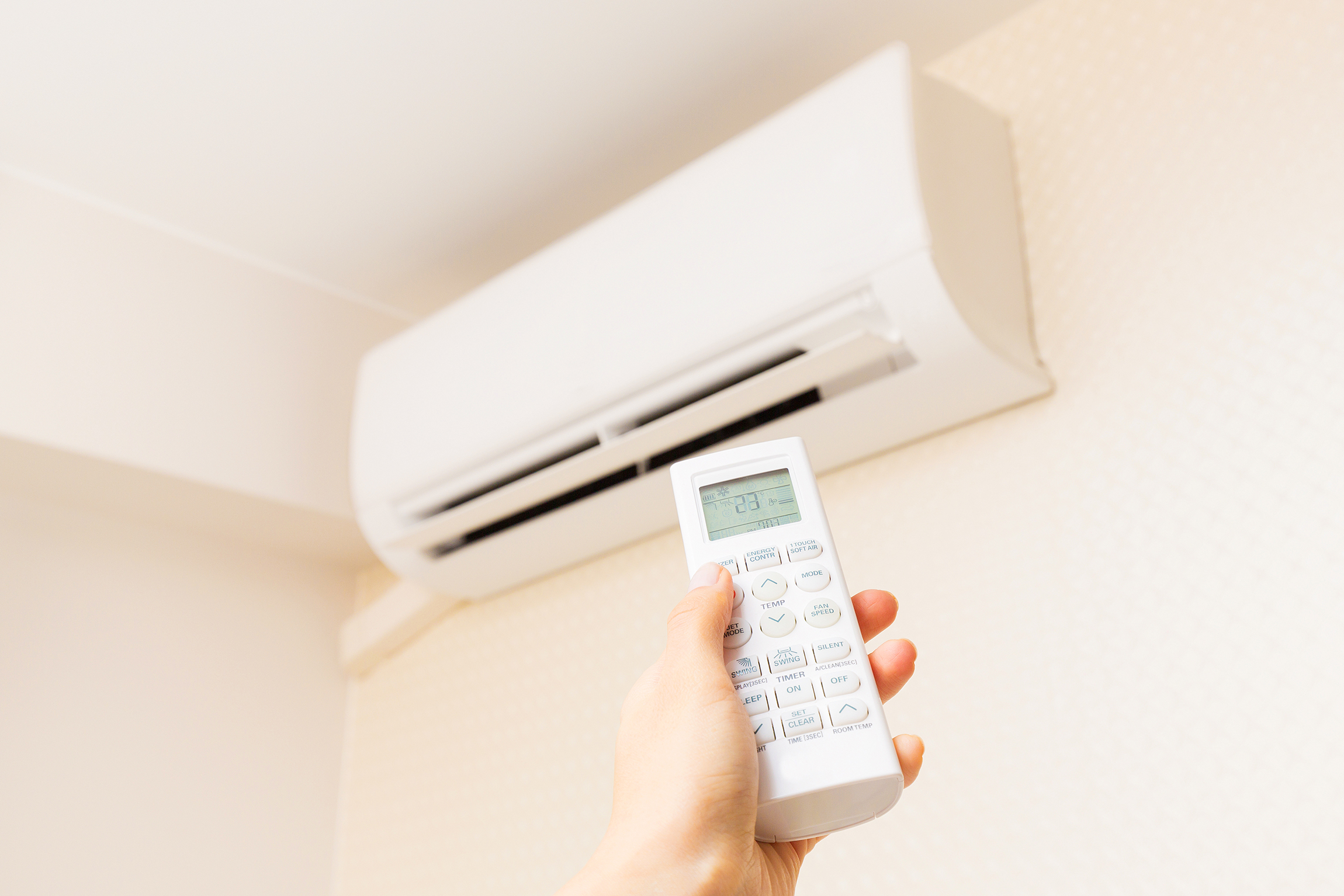


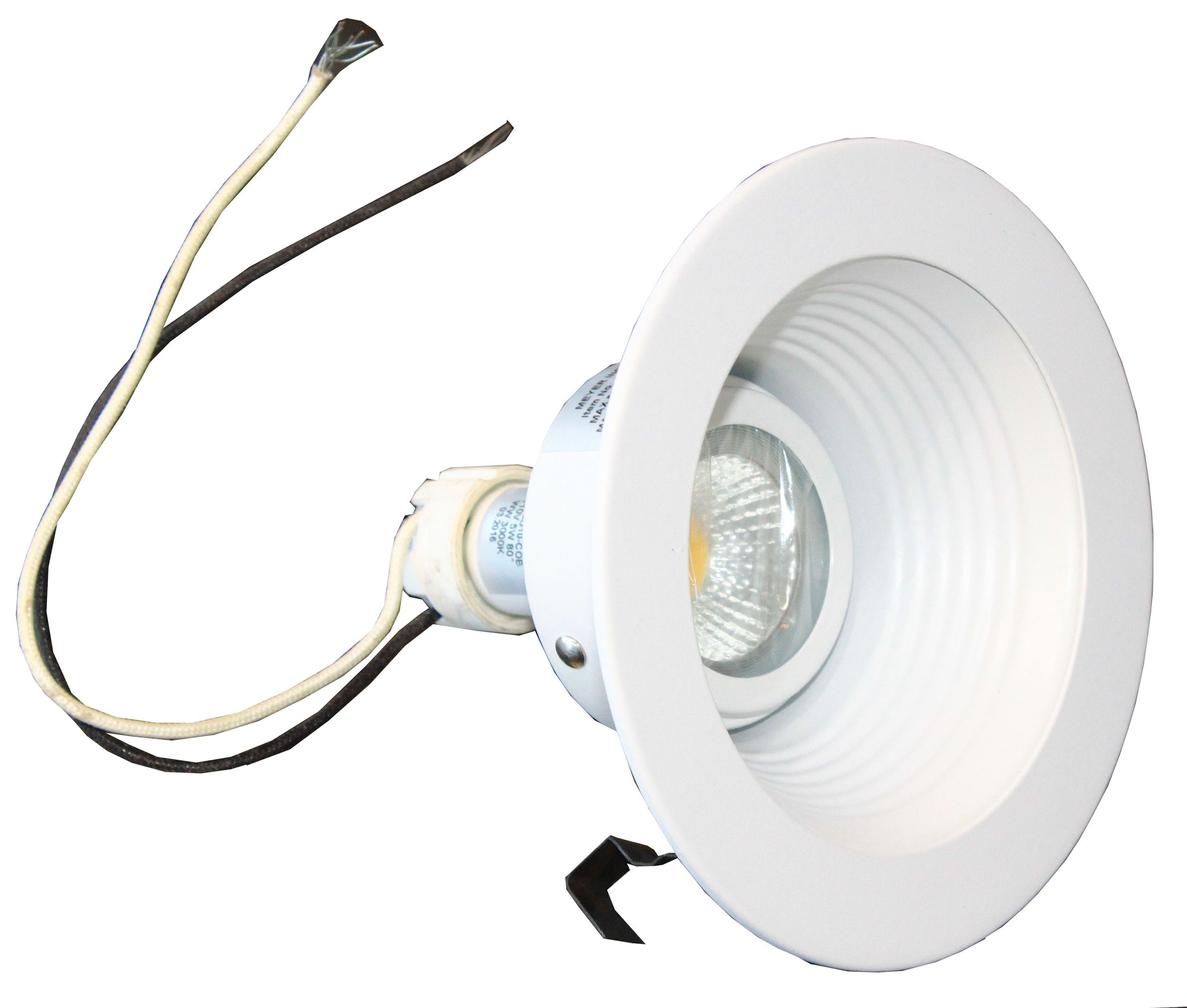
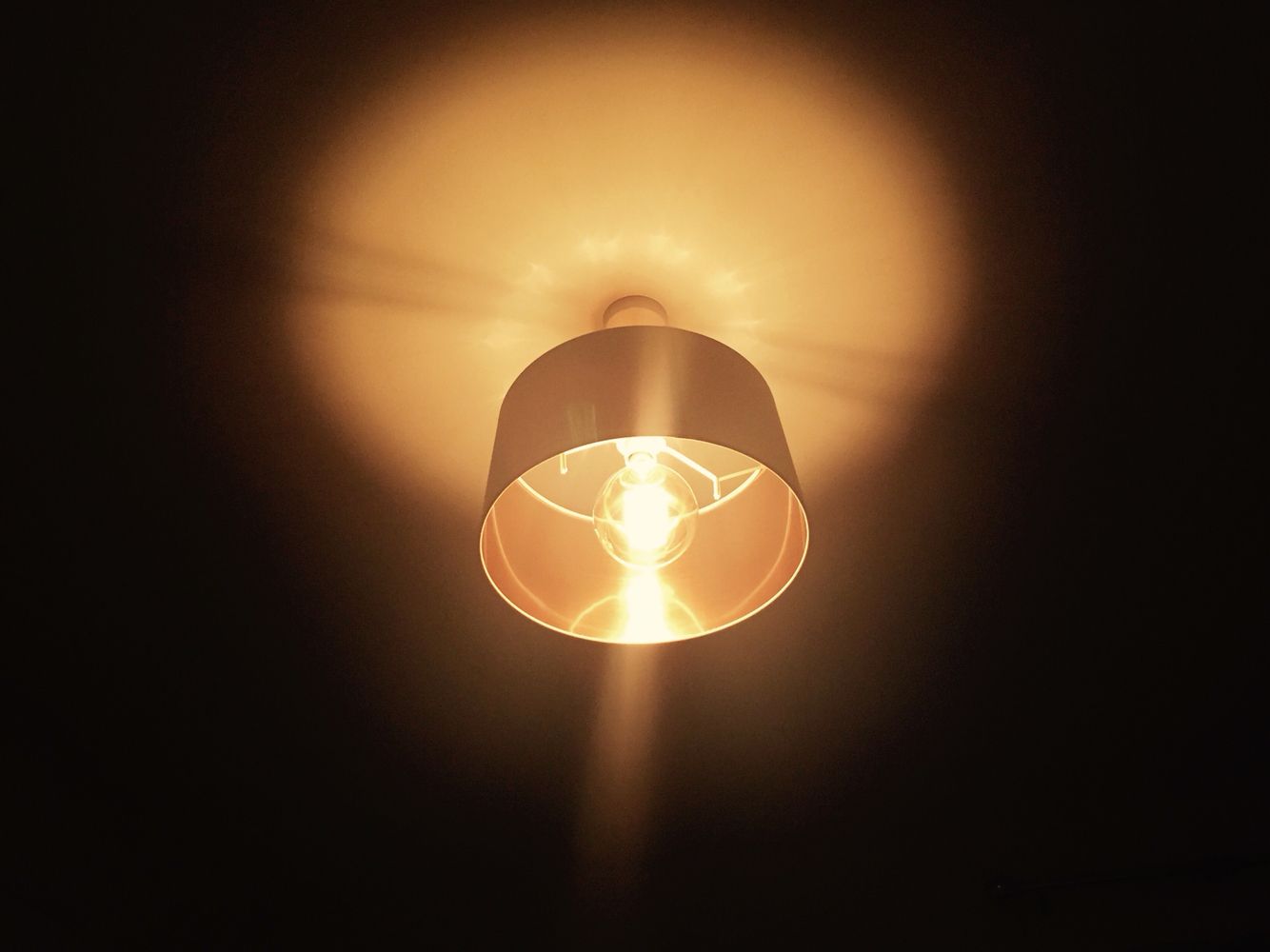


0 thoughts on “Can Mosquitoes See LED Lights? What You Need To Know”